9 Lesser-Known Paris Landmarks Most Visitors Miss
Many impressive landmarks in Paris go unnoticed, even though they’re right in front of people. These landmarks won’t be on the average Paris itinerary. Yet, they’re just as layered and uniquely Parisian as the big-name sights (minus the lines and selfie sticks). This list highlights places that are often overlooked but worth seeking out.
1. Porte Saint-Denis (10th)
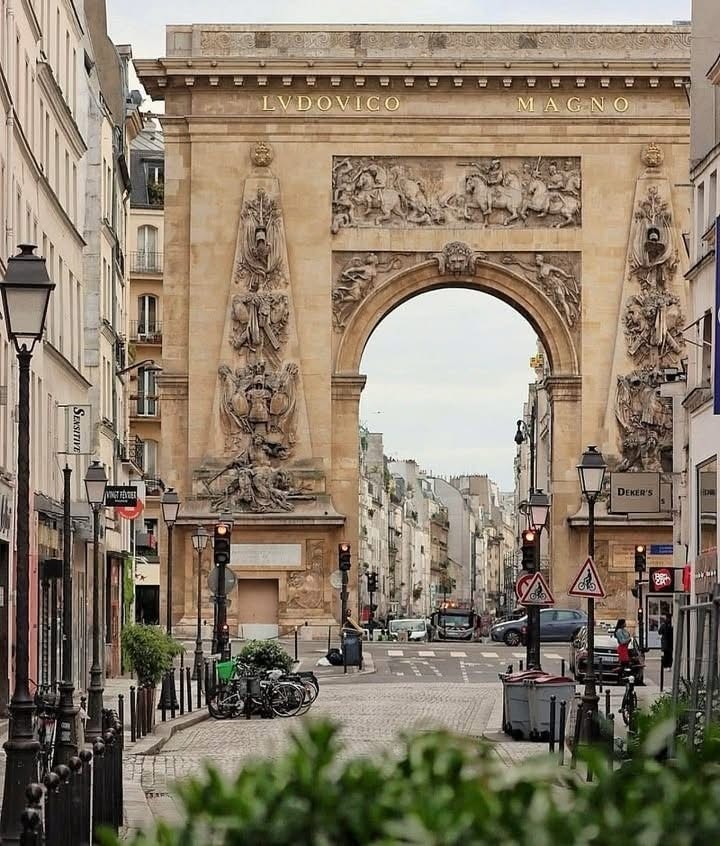
Built in 1672 to honor Louis XIV’s military victories, this triumphal arch marked the entrance to the old city. It looks Roman at a glance but is pure 17th-century French power display. Sculpted battle reliefs and royal emblems tell the story if you bother to look up.
2. Porte Saint-Martin (10th)
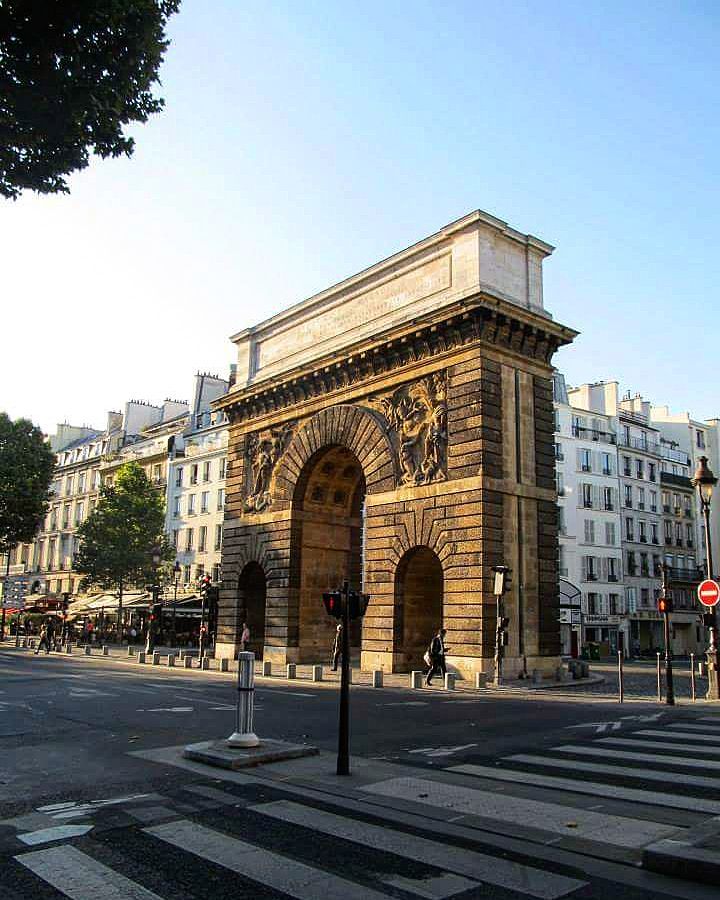
Just a few blocks away, this second arch went up a year later. It’s more sculptural, more baroque, and a little scruffier these days, but no less dramatic. Both arches once marked the edge of Paris.
3. Tour Saint-Jacques (4th)
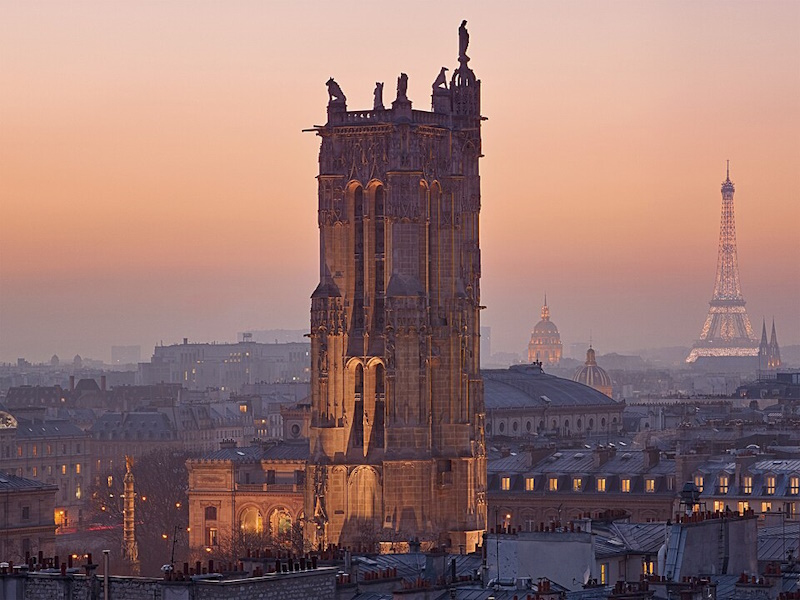
Only the bell tower survived when the church it belonged to was demolished in the 18th century. What remains is an elaborate Gothic spire standing alone in a small park near Châtelet. If you catch it open, you can climb to the top for panoramic views.
3. Colonne de Juillet – Bastille Column (11th)
Most people standing at Place de la Bastille don’t know what they’re looking at. The column isn’t from the 1789 revolution, but from 1830, another uprising. The golden angel at the top represents freedom. It also sits on a buried mass grave.
4. Saint-Eustache Church (1st)

Massive and often overlooked. Tucked between Les Halles and Rue Montorgueil, this church took over a century to complete. The façade looks Renaissance, the interior is Gothic, and the organ is one of the biggest in France. Worth stepping inside.
5. Fontaine des Innocents (1st)
Paris’s oldest monumental fountain, built in the 16th century. It’s tucked into a corner near Les Halles, and most people don’t realize it was once part of a cemetery wall. The sculptures on the Fontaine des Innocents are inspired by ancient Greek and Roman art, but the fountain was originally built to stand in a medieval part of Paris.
6. Arènes de Lutèce (5th)
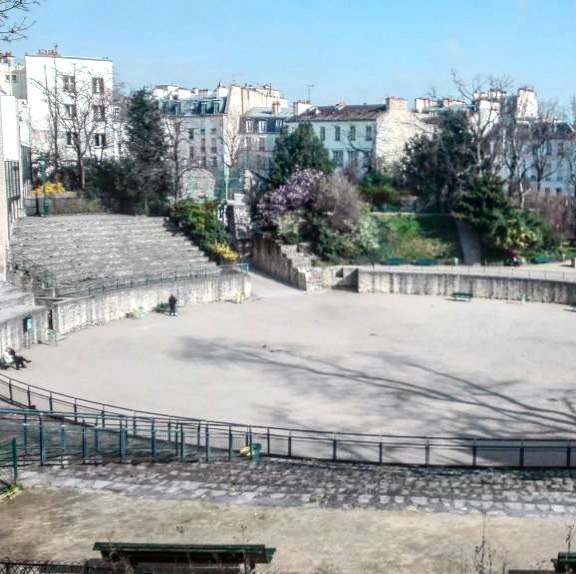
The Latin Quarter hides a Roman amphitheater, and most people never find it. It dates to the 1st century AD and once held 15,000 spectators. Today, locals play pétanque on the sand while cats lounge in the stone tiers.
7. Saint-Étienne-du-Mont (5th)
Right behind the Panthéon, this church has one of the most unusual interiors in the city. The stone screen separating the choir from the nave (a “rood screen”) is rare in France. Also here: the tomb of Sainte Geneviève, Paris’s patron saint.
8. Passerelle Debilly (7th)
A pedestrian bridge near the Eiffel Tower with some of the best Seine views in the city -and far fewer people than the more famous spots nearby. It’s made of iron, light on ornament, and often used for film shoots.
9. The Crypte Archéologique de Notre-Dame
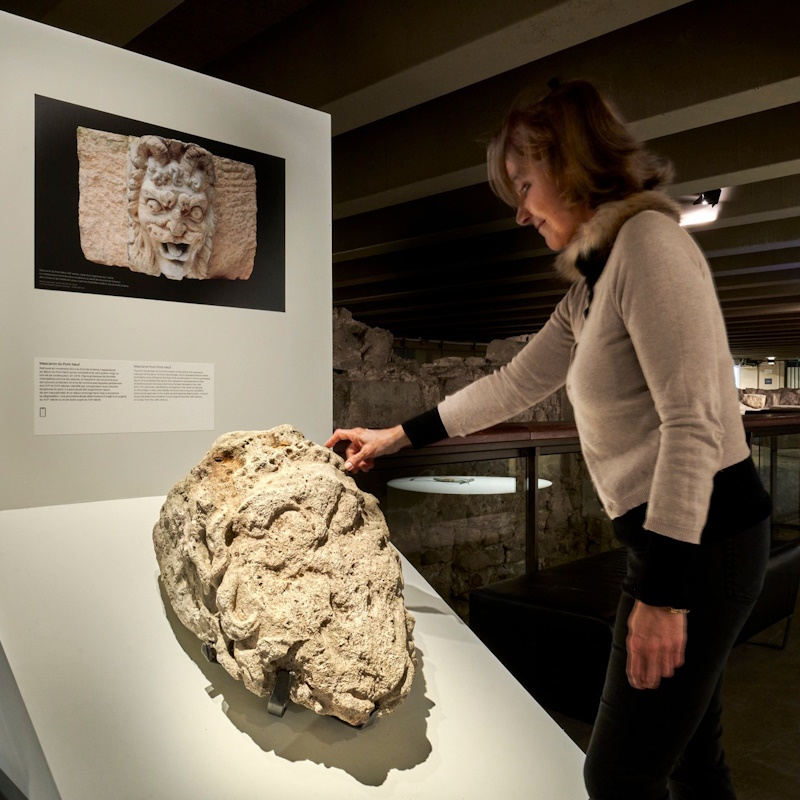
Beneath the famous Notre-Dame cathedral, the Crypte Archéologique offers a fascinating peek into Paris’s ancient past. This underground museum showcases ruins from Roman Paris, including parts of a Gallo-Roman road and ancient walls.
It’s a quiet spot where you can walk through history, far from the usual crowds above. A hidden gem, perfect for history buffs interested in the layers of Paris’s evolution.
